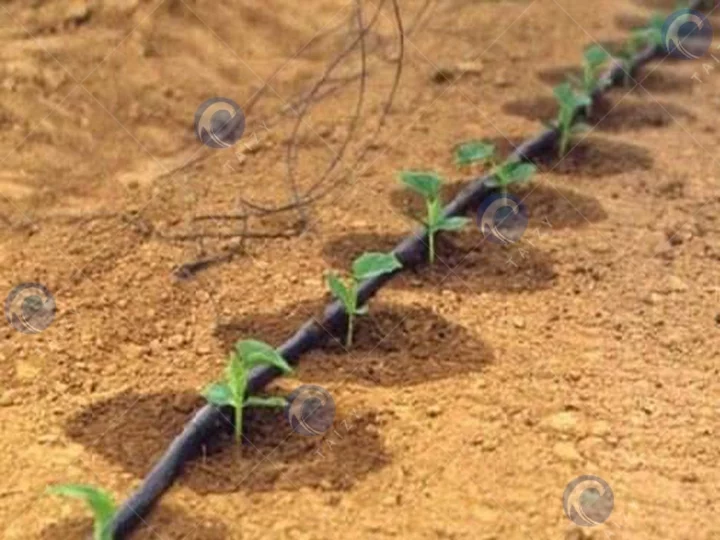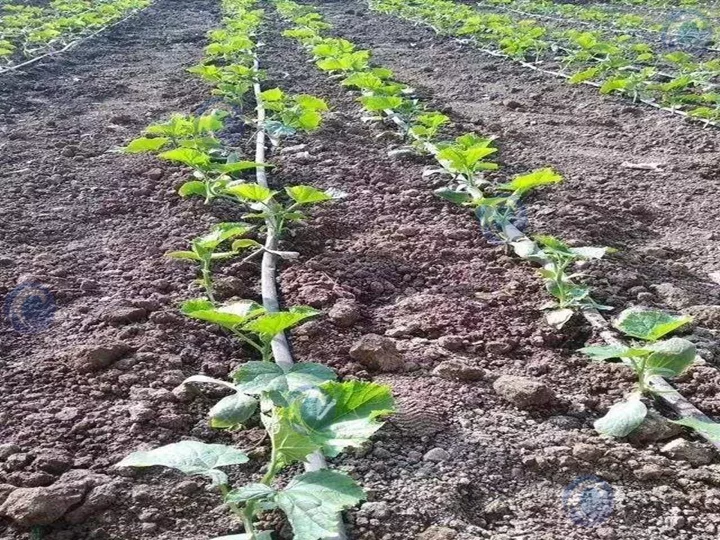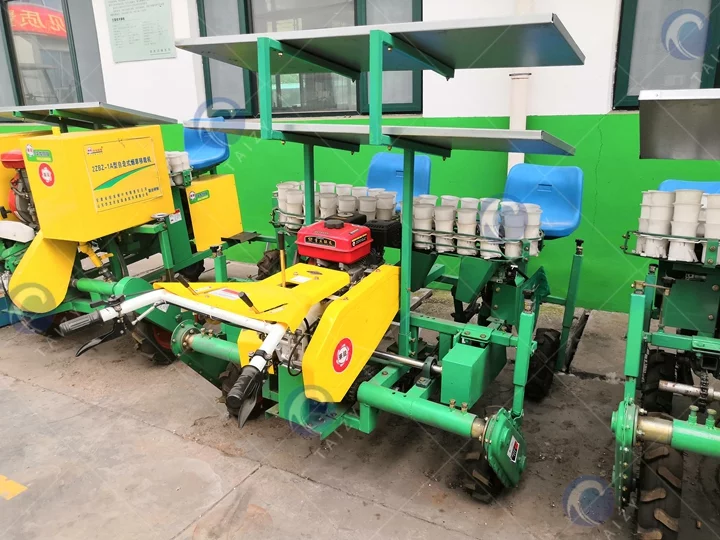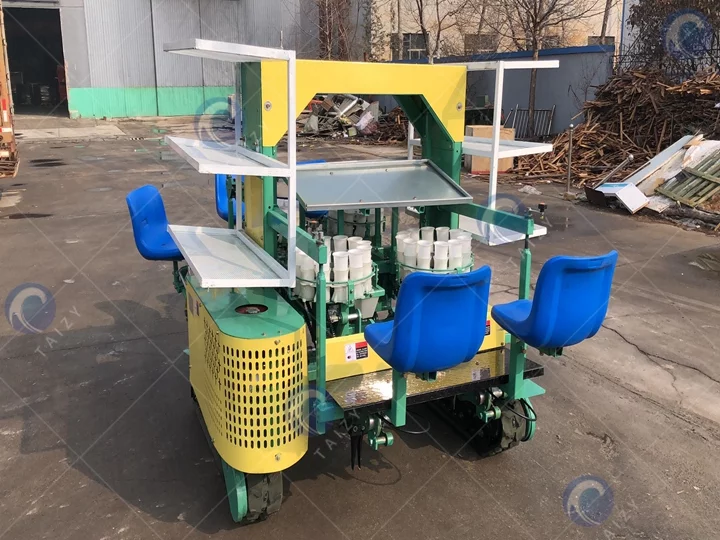سب سے موزوں ٹرانسپلانٹر مشین کا انتخاب کیسے کریں!
جیسے جیسے زراعت جدیدیت کی طرف بڑھ رہی ہے، اسپاٹ لائٹ خود سے چلنے والی اور کرالر کی قسم پر ہے ٹرانسپلانٹر مشینیں.
زرعی پیداوار کے تقاضوں کو بہتر طریقے سے پورا کرنے کے لیے، ہم ان دو مشینوں کا ایک جامع موازنہ پیش کرتے ہیں تاکہ کاشتکاروں کو آلات کی خریداری کے وقت باخبر فیصلے کرنے میں مدد ملے۔


خود سے چلنے والی ٹرانسپلانٹر مشین:
- چھوٹی کام کرنے والی قطاروں کے لیے موزوں ہے، جیسے 2 قطاریں اور 4 قطاریں۔ تاہم، 4 قطاروں سے زیادہ والے علاقوں میں پودے لگانے کی سختی سے حوصلہ شکنی کی جاتی ہے۔
- 15 سینٹی میٹر سے کم جگہوں پر پودے لگانے کی سفارش نہیں کی جاتی ہے۔
- بنیادی طور پر چھوٹے کھیتوں کے لیے ڈیزائن کیا گیا ہے، جیسے کہ گرین ہاؤسز، بڑے پلاٹ، پہاڑی علاقے، اور ریزوں کے ساتھ بھی مؤثر طریقے سے کام کر سکتے ہیں۔ اس کا کمپیکٹ سائز اور صارف دوست آپریشن اسے مختلف ماحول کے لیے موزوں بناتا ہے۔

کرالر قسم کی ٹرانسپلانٹر مشین:
- خود سے چلنے والی مشینوں سے سب سے اہم فرق پہیوں میں ہے۔ کرالر قسم کی مشینیں ٹینکوں کی طرح کیٹرپلر ٹریک کو اپناتی ہیں، آپریشن کے دوران ایک خاص فریم کے ساتھ زیادہ استحکام فراہم کرتی ہیں۔
- پودے لگانے کی تنگ جگہوں اور قطاروں میں وقفہ کاری کے لیے مثالی، جیسے کہ 10×10 سینٹی میٹر زیادہ پودے لگانے کی کثافت کے ساتھ۔ پلانٹ-رو کی ترتیب 2 سے 12 قطاروں تک ہو سکتی ہے۔ اس طرح، چھوٹے پودے لگانے کی جگہوں اور زیادہ پودے لگانے کی کثافت والے منظرناموں کے لیے، کرالر قسم کی ٹرانسپلانٹر مشین کا انتخاب کرنے کی سفارش کی جاتی ہے۔
- بنیادی طور پر بڑے کھیتی باڑیوں کے لیے ڈیزائن کیا گیا ہے، خاص طور پر چپٹے خطوں کے بغیر۔ کرالر کی قسم کی مشین اعلی کام کرنے کی کارکردگی کو ظاہر کرتی ہے، خاص طور پر فلیٹ اور کھلے علاقوں میں۔

نتیجہ
اس جامع موازنہ کے ذریعے، کسان اپنی پودے لگانے کی ضروریات، کھیت کے سائز اور ٹپوگرافی کی بنیاد پر اچھی طرح سے باخبر انتخاب کر سکتے ہیں۔ خود سے چلنے والی مشینیں چھوٹے، لچکدار پودے لگانے کے منظرناموں کے مطابق ہوتی ہیں، جبکہ کرالر کی قسم کی مشینیں بڑے پیمانے پر، اعلی کثافت والے پودے لگانے کے ماحول میں بہترین ہوتی ہیں۔
ٹرانسپلانٹر مشین کا انتخاب کرتے وقت، اسے کھیت کے عملی حالات کے مطابق کرنے سے بلاشبہ زرعی پیداواری صلاحیت اور سہولت میں اضافہ ہوگا۔